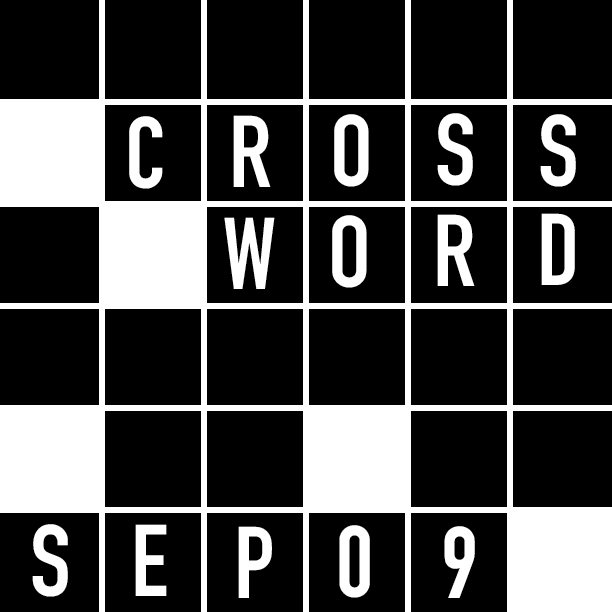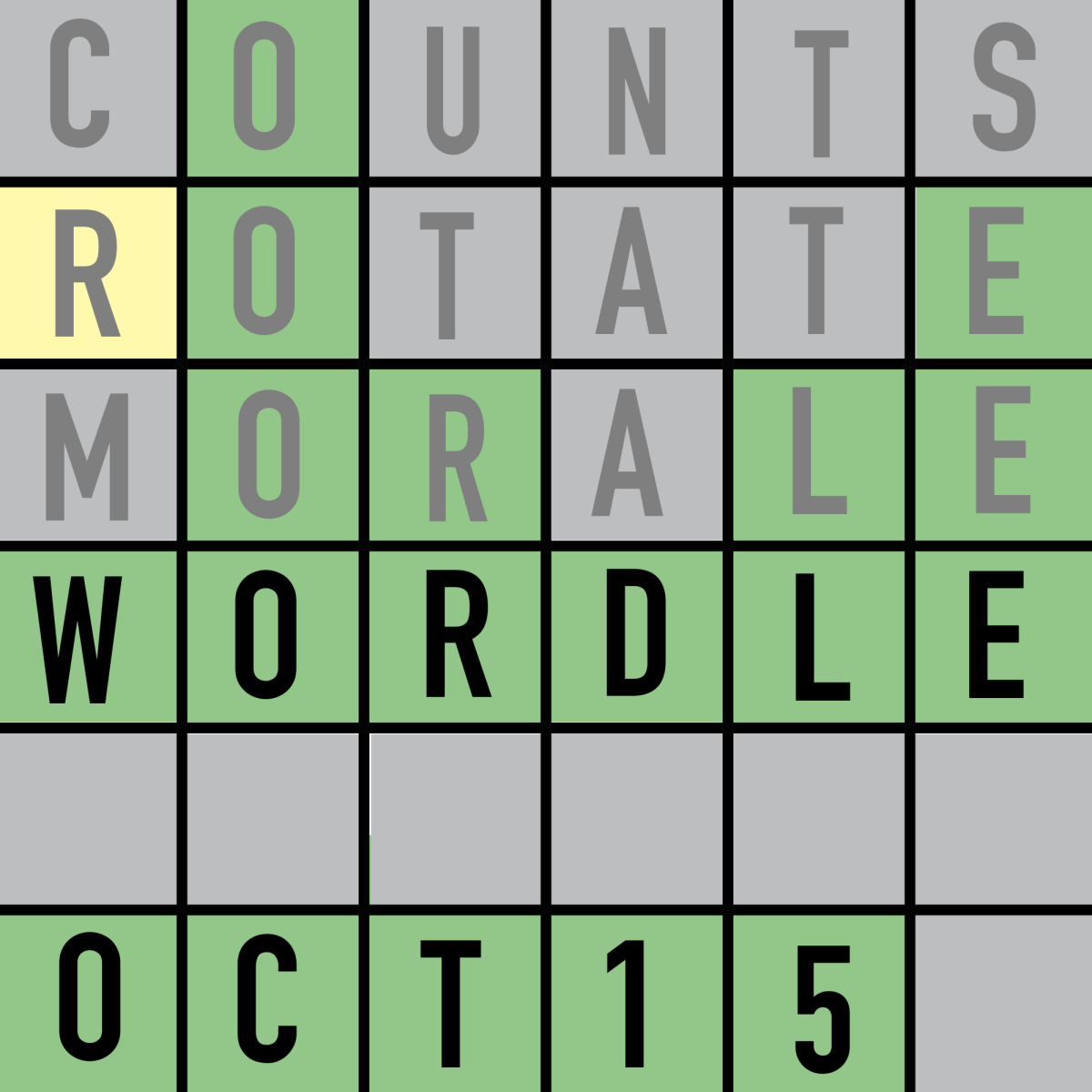What sequels or spin-offs do, if done correctly, is give fans exactly what they want: more content, while adding new layers to already beloved narratives. One example is “Avatar: The Last Airbender,” which was released in 2005 and ran until 2008. This first series takes place in a sort of pre-industrial world in which some people can manipulate the elements of fire, earth, air and water. The unique twist lies in the presence of the “Avatar,” the one person capable of bending all four elements. To maintain harmony among the world’s four nations, the Avatar reincarnates after each death. This story’s narrative revolves around Aang, the Avatar in this era, who embarks on a monumental journey, meeting people from different nations in order to end the Fire Nation’s war against the other nations of the world.
Although he ends up completing his task and brings peace to the lands, too many questions were left unanswered—perhaps deliberately—with no promise of a sequel. Although this allowed fans to engage in speculation and create a sense of mystery beyond the finale, many fans still yearned for more adventures in the Avatar universe. This unmet desire paved the way for the necessity of sequels. The introduction of sequels not only satisfies the hunger for more content but also provides an opportunity to explore untold stories and offers closure to lingering questions that have intrigued fans since the original series.
Fast forward to 2012, and their wishes were answered with the release of “The Legend of Korra.” Set in a more modernized world, where technology has evolved alongside bending abilities, the series introduces us to Korra, the new Avatar. The introduction of new characters, alongside the return of familiar faces, adds depth to the storytelling, ensuring a seamless transition from the adventures of Aang to the challenges faced by Korra. By delving into the power struggle between benders and non-benders, finding out where the first Avatar came from, and just by giving viewers closure of the original series, not only do sequels satisfy the hunger for more content, but also elevate the storytelling to new heights by pushing the boundaries of the established universe. After Korra ended in 2014, a new project showcasing Aang as an adult is set for 2025, showing how even after decades of waiting, fans will appreciate sequels.
What I’ve noticed is that most of the criticism is just people who grew up watching the first series and then complaining that “it’s not the original.” The thing is, given the time gaps in production, the new shows may just be for the new generation, but anyone can still enjoy the sequel.
The views in this column do not necessarily reflect the views of the HiLite staff. Reach Isaac Hsu at [email protected].






























![Keep the New Gloves: Fighter Safety Is Non-Negotiable [opinion]](https://hilite.org/wp-content/uploads/2024/12/ufcglovescolumncover-1200x471.png)














































![Review: Who should have really won season 33 of "Dancing with the Stars"? [MUSE]](https://hilite.org/wp-content/uploads/2024/12/Dancing-with-the-Stars-Photo-1200x657.png)
![Review: "Wicked" is a worthy adaptation of a legendary musical [MUSE]](https://hilite.org/wp-content/uploads/2024/12/Screenshot-2024-12-23-at-6.00.53 PM-1200x793.png)
![Review: “Wind and Truth” is the perfect ending [MUSE]](https://hilite.org/wp-content/uploads/2025/01/wind-and-truth.jpg)
![Review: Survivor’s 47th season cements itself as one of the greatest seasons of reality television [MUSE]](https://hilite.org/wp-content/uploads/2025/01/Survivor_47_logo.webp)
![Video Review: Carmel Bazbeaux [MUSE]](https://hilite.org/wp-content/uploads/2024/12/Screen-Shot-2024-12-24-at-2.12.20-PM-1200x681.png)
![Review in Print: Maripaz Villar brings a delightfully unique style to the world of WEBTOON [MUSE]](https://hilite.org/wp-content/uploads/2023/12/maripazcover-1200x960.jpg)
![Review: “The Sword of Kaigen” is a masterpiece [MUSE]](https://hilite.org/wp-content/uploads/2023/11/Screenshot-2023-11-26-201051.png)
![Review: Gateron Oil Kings, great linear switches, okay price [MUSE]](https://hilite.org/wp-content/uploads/2023/11/Screenshot-2023-11-26-200553.png)
![Review: “A Haunting in Venice” is a significant improvement from other Agatha Christie adaptations [MUSE]](https://hilite.org/wp-content/uploads/2023/11/e7ee2938a6d422669771bce6d8088521.jpg)
![Review: A Thanksgiving story from elementary school, still just as interesting [MUSE]](https://hilite.org/wp-content/uploads/2023/11/Screenshot-2023-11-26-195514-987x1200.png)
![Review: "When I Fly Towards You", cute, uplifting youth drama [MUSE]](https://hilite.org/wp-content/uploads/2023/09/When-I-Fly-Towards-You-Chinese-drama.png)
![Postcards from Muse: Hawaii Travel Diary [MUSE]](https://hilite.org/wp-content/uploads/2023/09/My-project-1-1200x1200.jpg)
![Review: "Ladybug & Cat Noir: The Movie," departure from original show [MUSE]](https://hilite.org/wp-content/uploads/2023/09/Ladybug__Cat_Noir_-_The_Movie_poster.jpg)
![Review in Print: "Hidden Love" is the cute, uplifting drama everyone needs [MUSE]](https://hilite.org/wp-content/uploads/2023/09/hiddenlovecover-e1693597208225-1030x1200.png)
![Review in Print: "Heartstopper" is the heartwarming queer romance we all need [MUSE]](https://hilite.org/wp-content/uploads/2023/08/museheartstoppercover-1200x654.png)




